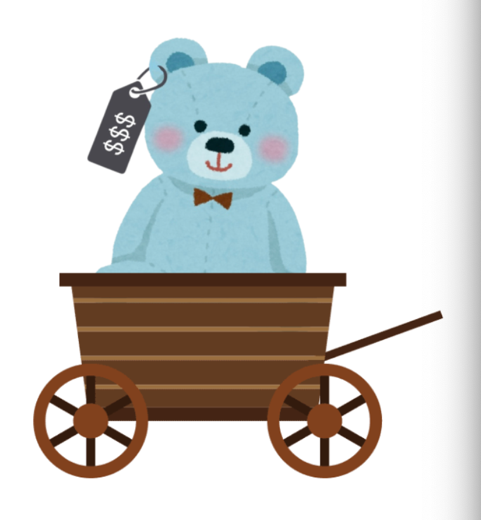
There is something so undeniably adorable about seeing a cute little stuffed animal until you look at the price tag and realize it’s not that little anymore. This may be a cruel reality for many. A main offender of this crime is the brand Jellycat.
First, Jellycat is a stuffed animal company established in 1999 out of London and known for its distinct style and quality. However, according to a study released by Glimpse in June 2024, Jellycat has been gaining massive growth and popularity since 2020.
This creates the question many have been wondering: why are Jellycat plushies so expensive, and why do people still buy them?
To answer the first part: why are Jellycats plushies so expensive? This can be due to many different factors. One is that Jellycat has become a well-known name brand. This is caused by publicity through social media and celebrity endorsements. But even before 2020, Jellycat started to gain recognition. This gives Jellycats extra value because their reputation and label are more well-known compared to other stuffed animal brands. But all of this aside, Jellycats are still too expensive for the average consumer and targeted market.
To answer the second part of the question: why do people still buy Jellycats even though they are overpriced? One cause is a certain bandwagon effect with trending brands and items. This is where people feel pressured or persuaded to buy a popular item solely because lots of other people have bought it too. Some other examples are the Stanley Cup or the fast trend of scrunchies.
Some reasons why people may feel this pressure to buy these items is also known as “herd mentality,” which is a psychological effect where people do things primarily because other people are doing it even if it is disregarding their own beliefs. Now, why is this? People are biologically programmed to try and be accepted as part of a group, and acting the same way as the group does can lead to that acceptance.
On top of that, there is a shortcut the brain uses called heuristics. This type of heuristics follows similar principles to the bandwagon effect where people take a mental account of what other people are doing when wanting to purchase or do something. If enough people are doing this certain thing, your brain assumes it’s the right choice even if it’s unproven.
Now is jumping on this bandwagoning necessarily a bad thing? The herd mentality is not the best for wanting to try and develop personal style and growth. On top of that it can be considered unoriginal and uncreative. When buying or making decisions because of the societal pressure of many other people, it can also ruin a person’s individuality and unique mindset.
Another reason why people may buy Jellycats is because they genuinely believe they are cute and enjoy them. At the end of the day, it is never that deep why people buy certain products or follow certain trends, only that you truly enjoy following them and following your personal values.